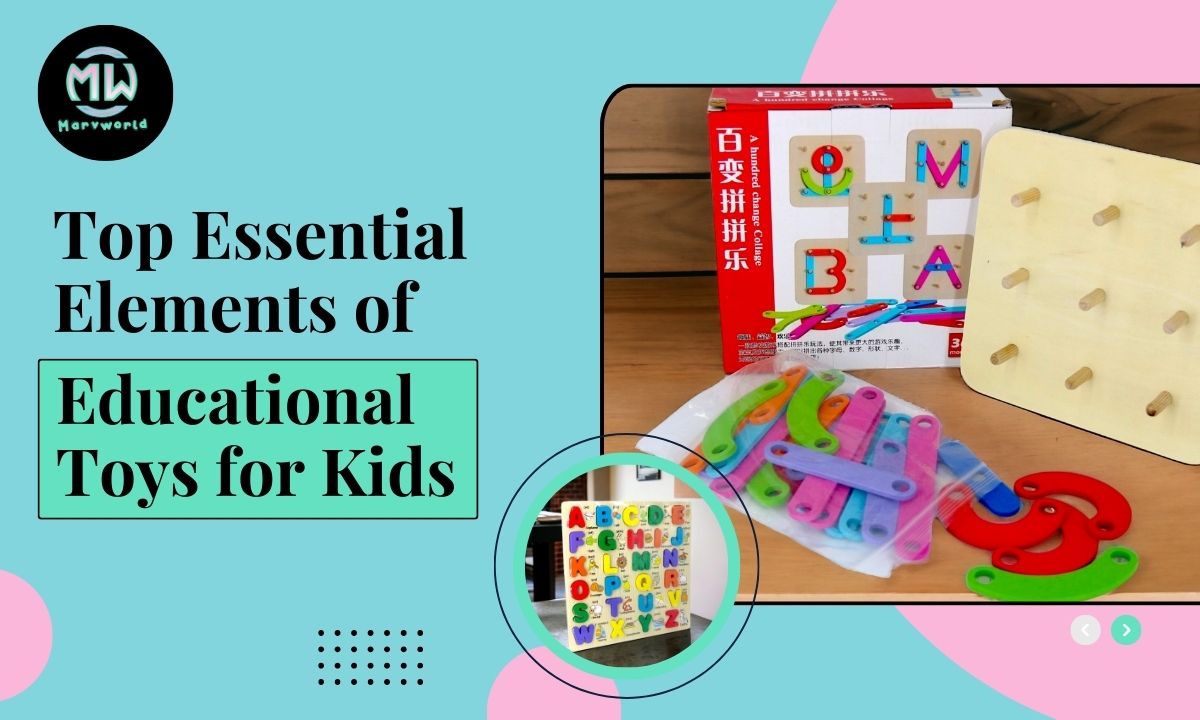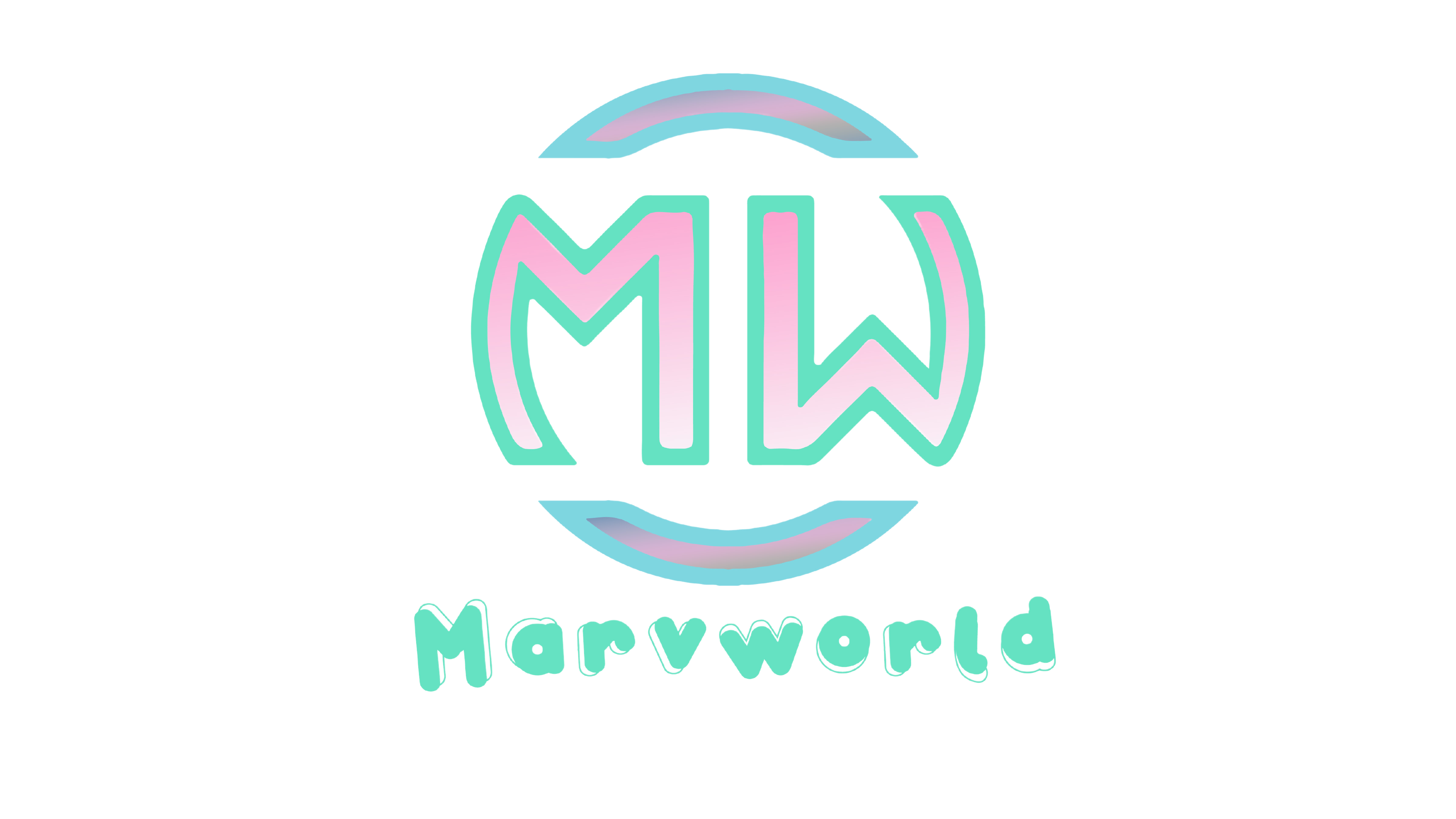
Share :
When it comes to encouraging early development in children, Educational Toys for Kids plays a crucial role. These toys are useful in promoting a variety of developmental aspects in addition to being entertaining. Understanding what makes Educational Toys for Kids effective and beneficial is key to selecting the right ones.
This blog provides a thorough analysis of the components that impact children’s development in Educational Toys for Kids.
What Makes Educational Toys for Kids Effective
Here are the essential elements:
1. Age-Appropriate Design
2. Promotes Cognitive Development
3. Encourages Physical Development
4. Supports Social and Emotional Growth
5. Encourages Creativity and Imagination
6. Safety and Durability
7. Encourages Language Development
Age-Appropriate Design
The developmental stage of the child should be considered when designing Educational toys for children. A child may become frustrated by toys that are too complex for them, and they may not be effectively engaged by toys that are too simple.
The age-appropriate design makes sure that the tasks and challenges in Educational Toys for Kids correspond to the developmental stage of the child’s social, motor, and cognitive abilities.
For infants, toys that stimulate sensory experiences—such as those with different textures, colours, and sounds—are ideal. As children grow, Educational Toys for Kids that encourage problem-solving, creativity, and more complex motor skills become more suitable.
For instance, building blocks aid in the development of fine motor skills and situational reasoning in toddlers, while science kits and puzzles appeal to the intellectual curiosity and problem-solving skills of older children.
Promotes Cognitive Development
Cognitive development includes skills such as problem-solving, memory, and logical reasoning. Educational Toys for Kids should encourage these skills in a fun and engaging way. Toys like puzzles, shape sorters, and memory games stimulate cognitive processes by challenging children to think critically and make connections.
Cognitive growth is made possible by interactive Educational Toys for kids, especially those that have cause-and-effect features. Children can better understand cause and effect by controlling toys that light up or make noises; this improves their ability to solve problems and think logically.
Encourages Physical Development
Developing physically is an important part of early life. Educational toys for kids that promote fine and gross motor skills help children develop their physical abilities and coordination. Building blocks, stacking toys, and toys that require manipulation with small parts enhance fine motor skills.
Buy- LCD Panel Colorful Writing Tablet
Meanwhile, balls, climbing structures, and ride-on toys support gross motor skills by encouraging movement and physical activity.
Toys that require physical interaction, such as those that involve pushing, pulling, or sorting, also help in developing hand-eye coordination and muscle strength. Activities that engage multiple senses contribute to a child’s overall physical development.
Supports Social and Emotional Growth
Social and emotional development is equally important as cognitive and physical growth. Educational Toys for Kids that encourage role-playing and social interaction help children understand emotions, develop empathy, and learn social skills.
For example, dress-up costumes, play kitchens, and dollhouses provide opportunities for imaginative play, where children can explore different social scenarios and practice communication skills.
Buy- Knowledge Classification Box
Furthermore, group-use activities and cooperative Educational Toys for Kids promote social and collaborative learning. Cooperation and emotional control are key lessons taught by games that require sharing, taking turns, and teamwork.
Encourages Creativity and Imagination
Creativity and imagination are vital components of a child’s growth. Educational Toys for Kids that allow for open-ended play encourage children to use their imagination and creativity. Toys like art supplies, building sets, and play-dough provide endless possibilities for creative expression and problem-solving.
Safety and Durability
Safety is a paramount concern when choosing educational toys for kids. Toys should be made from non-toxic materials and designed to minimize choking hazards, sharp edges, or small parts that could be dangerous for young children.
Always look for toys that meet safety standards and have been tested for quality assurance. Durability is also crucial, as Educational Toys for Kids need to withstand regular use. Well-made toys that can endure rough play and frequent handling provide better long-term value and ensure that children can use them safely over time.
Encourages Language Development
Another crucial component of early childhood education is language development. Educational Toys for Kids that include elements of storytelling, singing, or communication can support this skill. Books, interactive story toys, and games that involve speaking or listening help build vocabulary, comprehension, and language skills.
Interactive Educational Toys for Kids 3 years that engage children in dialogue or have components that respond to speech also promote language development. These toys encourage children to practice their verbal skills and engage in meaningful conversations.
Conclusion
Playtime with educational toys for kids can significantly improve a child’s development in a variety of areas. You can choose toys that not only entertain but also make a significant contribution to a child’s learning and development.
To do this, keep factors like age appropriateness, cognitive and physical development, and social and emotional growth in mind. Additionally, considering creativity, safety, and language development ensures that the toys are both engaging and beneficial.
We at Marvworld are committed to offering kids educational toys that satisfy these fundamental requirements, making sure that every playtime is a step toward a better and more fulfilling future for your child.
FAQs
Q.1 What are the characteristics of educational toys?
Ans. Age-appropriate, safe, long-lasting, encouraging creativity and social skills, supporting cognitive and physical development, and providing fascinating, interactive experiences are all features of educational toys.
Q.2 How can a toy be educational?
Ans. If a toy promotes learning via creativity, problem-solving, and skill development, then it is educational. It frequently has components like interactive activities, puzzles, and chances for playing around.
Q.3 What is an example of an educational toy?
Ans. A collection of building blocks is one instance. As kids construct and work with structures, they develop creativity, fine motor abilities, and attention to detail.
Q.4 What is toy-based education?
Ans. Toy-based education uses interactive and playful activities to teach concepts and skills. It integrates learning with play, helping children understand subjects through engaging, hands-on experiences.
